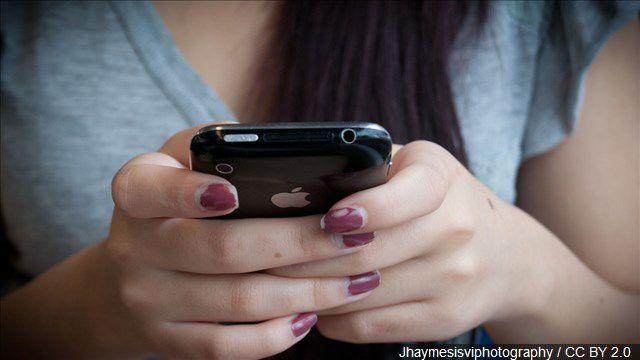
With contact tracers working to continue the fight against COVID-19, the Better Business Bureau (BBB) is warning that scammers are taking advantage of the situation.
According to the BBB, those scams can start through an unsolicited message via text or a social media messenger explaining that the victim has come into contact with someone who has coronavirus. The message instructs the victim to self-isolate and provides a link for more information.
While people may be tempted to click on the link, the BBB is warning not to fall for it. The links can contain malware that downloads to the victim’s device.
Another version of the scam involves a robocall claiming to be part of “contact tracing efforts.” The call also informs the victim that they’ve been exposed to the virus and a “contact tracer” then asks for verification of very personal information. It will start with questions about full name, date of birth but can quickly move to Personally Identifiable Information and/or financial account information, according to the BBB.
According to the BBB, here’s how to tell a real contact tracer from a scam:
Contact tracers will ask you to confirm your identity, but not for financial information. Tracers will ask you to confirm your name, address, and date of birth. In most cases, they will already have this information on file. They will also ask about your current health, medical history, and recent travels. They will not ask for any government ID numbers or bank account details.Contact tracers will identify themselves: The call should start with the tracer providing their name and identifying themself as calling from the department of health or another official team.Contact tracing is normally done by phone call. Be extra wary of social media messages or texts.A real contact tracer will never reveal the identity of the person who tested positive. If they provide a person’s name, you know it’s a scam.Think the link may be real? Double check the URL. Scammers often buy official-looking URLs to use in their cons. Be careful that the link is really what it pretends to be. If the message alleges to come from the local government, make sure the URL ends in .gov (for the United States) or .ca (for Canada). When in doubt, perform a separate internet search for the website.



